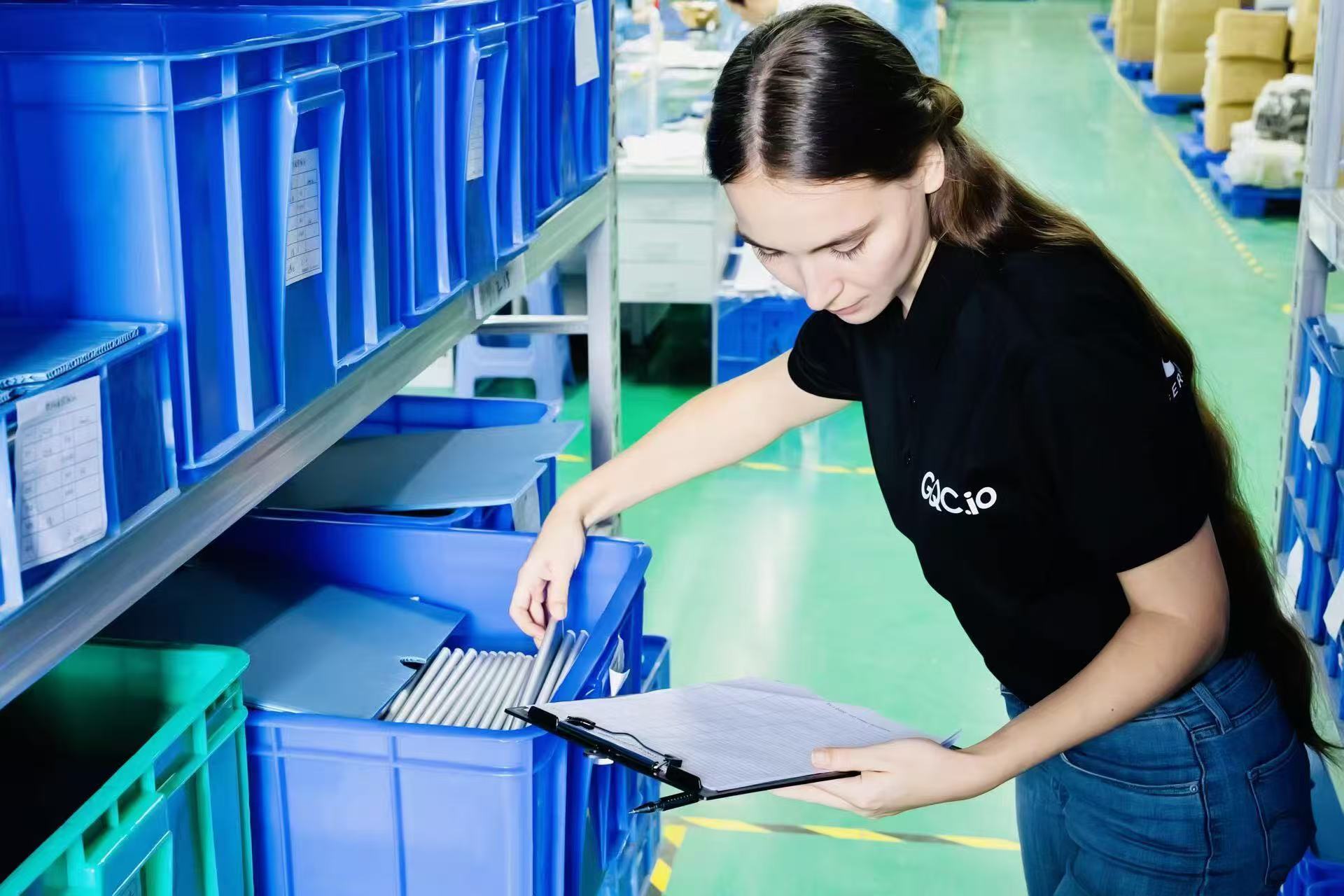The world is changing rapidly, which means that the supply chain is undergoing some major adjustments. As you know, there are many factors that can impact your business and the way you do business. Shortages of labor, materials, supply chain delays, high container prices, and lock-downs in China are just some of the challenges that inevitably lead to adjustments within your business and processes. Risk assessments are often applied in the processes that cover compliance controls in order to minimize the exposure to penalties caused due to slippages, overlooking of factors and inaccurate estimation, etc. In this article, we’ll take a closer look at compliance risk management, and more specifically risk assessments for product compliance.
The successful implementation of a product compliance program is essential to ensuring market access for your products. It can prevent production disruptions or delayed time-to-market, and it can eliminate the need for product redesigns. Product compliance programs are also important to safeguard your brand reputation and prevent negative publicity. In addition, they help companies avoid legal liability associated with noncompliance with applicable laws and regulations.
The costs associated with noncompliance can be substantial when considering the following:
- Regulatory penalties
- Lost sales opportunities due to lost credibility with customers/distributors/partners/etc.
- Product recalls and/or product liability lawsuits
The best way to ensure you are on track with product compliance is to conduct a risk assessment — and then follow through on it. Risk assessments can be done by internal staff, outsourced or by an outside agency. The key to a successful risk assessment is to identify all the risks associated with your product and then prioritize them according to their level of severity. Once you know where to look for product compliance risks, the next logical step is to formalize a process to identify and prevent them. It is important to remember, that a risk assessment is an evaluation of the potential consequences of noncompliance with laws or regulations, not an analysis of the probability that a violation will occur. This means that your risk assessment should be based on what could happen, rather than what probably will happen.
In general terms, this document should include:
1)Identifying the types of compliance risks that could affect your products. These include local laws and regulations (e.g., FDA requirements), as well as industry standards (e.g., ISO 9000).
2)Determining which regulations apply to your business location, products and services.
3)Assessing the risk associated with each regulatory requirement by assessing its severity level and probability of occurrence.
4)Considering whether existing controls are adequate or if additional controls need to be put in place.
5) Finally, developing a plan for addressing these risks and making sure the products comply with the applicable laws and regulations.
The process of identifying and analyzing product compliance risks is important for everyone involved in the manufacturing process, from marketing to development to manufacturing. It's easier for a new product to earn a reputation for poor quality after it has been first introduced than before, so it's in your best interests to protect your reputation by staying up to date on changes that might affect your product's compliance. Our team will help you identify potential risks before they become problems so you can stay ahead of the curve and make the best decisions for your company's success today and tomorrow. To learn more visit our website www.gqc.io





